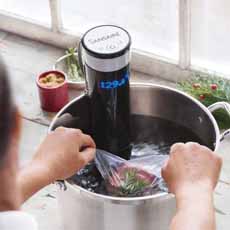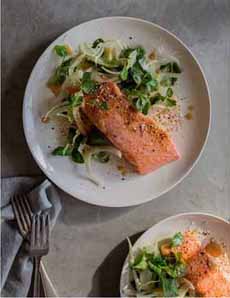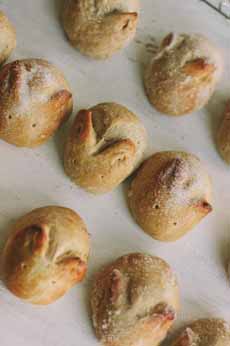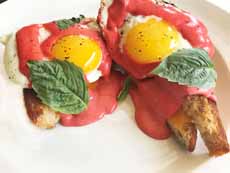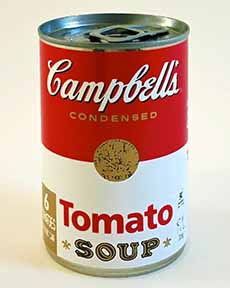|
COOKING SOUS VIDE WITH SANSAIRE
You’ve no doubt heard about sous vide (soo VEED) cooking. You may even have heard other home cooks say it produces the moistest, tenderest, most succulent and flavorful food, cooked to perfection.
So why haven’t you tried it?
Maybe it’s the lack of counter space for a sous vide machine (photo #5, about 14″ x 11″ footprint); or maybe it’s the price tag (up to $400, even $800)?
Now, you can spend less than $200 and cook sous vide with pots you already have, with Sansaire’s Sous Vide Immersion Circulator.
There’s no bulky countertop machine, but a far smaller device that stores and travels easily.
Sous vide cooking uses precise temperature control to achieve perfect, consistent results, portion after portion, time after time.
Foods are cooked evenly from edge to edge, to exactly the doneness you want. Temperature control keeps water within one degree of its ideal setting—a process that can’t be replicated by any other cooking method.
YOU DON’T HAVE TO BE A GOURMET COOK
Sous vide cooking is an easy way to prepare any everyday dish as well as fancier ones. One of our editors even cooks his scrambled eggs sous vide to his desired consistency. (It also poaches and makes hard-boiled eggs.)
The sous vide technique was developed in France to easily cook fine meals on trains, many portions at a time. Sous vide guarantees, for example, that a steak or piece of fish will turn out exactly as the client wishes.
The quality of the food it produced attracted fine French chefs and caterers. Sous vide machines quickly appeared in some of the world’s best restaurants.
It took a number of years for a home version to appear (photo #5), and just a couple of years after that for Sansaire’s conveniently small model that simply clips on to your pots.
It’s not just for dedicated home cooks: It’s for those who don’t cook more often because they don’t have the time to cook and clean.
Treat yourself to a Sansaire sous vide for $168, on Amazon.
Give one as a Mother’s Day, Father’s Day or graduation gift.
You can also give it as a new baby gift! It heat milk or formula to precisely 98.6°F for worry-free feeding.
Is sous vide cooking an adjustment to your process? Yes, but a very small one, like switching to an induction cooktop. You get the hang of it in very short order.
THE BENEFITS OF SOUS VIDE COOKING
We love sous vide: consistency, perfection, precise, predictable results. Plus no pots, pans, grills or ovens to clean. The only thing your pots contain are water, and sealed bags containing individual portions.
Sous vide tenderizes tough cuts, keeps poultry juicy (no dry white meat!), cooks fish to perfection, retains the nutrients of vegetables, and uses less fat without sacrificing flavor. It makes perfectly poached eggs (or other style) every time.
You can turn out perfect filet mignon and duck confit, but also everyday dishes from breakfast eggs, grain dishes, vegetables, sides, fish tostadas, chicken tikka masala, to dulce de leche.
You can pasteurize raw eggs for mousse, Caesar salad, steak tartare and other recipes.
There’s no cooking food to check and re-check. The machine keeps the water at a specific temperature for a specific time, at the end of which your food is ready to eat.
More blessings of sous vide cooking:
Save time: Make whole meals in the one pot with no cookware to clean afterwards.
Foolproof results: Temperature control keeps water within one degree of its ideal setting.
No watching the pot. Sous vide enables unattended cooking, so you can spend more time with your guests or family.
No meal prep stress: One less pot to watch while turning out a meal.
Dinner is ready when you are: Foods won’t overcook while they hang out in the water bath.
No unwanted cooking aromas. You may enjoy the scent of meat and garlic from conventional cooking for a while. But unless you have a great ventilation set-up, you may not enjoy them hanging around the next day or the next.
|









